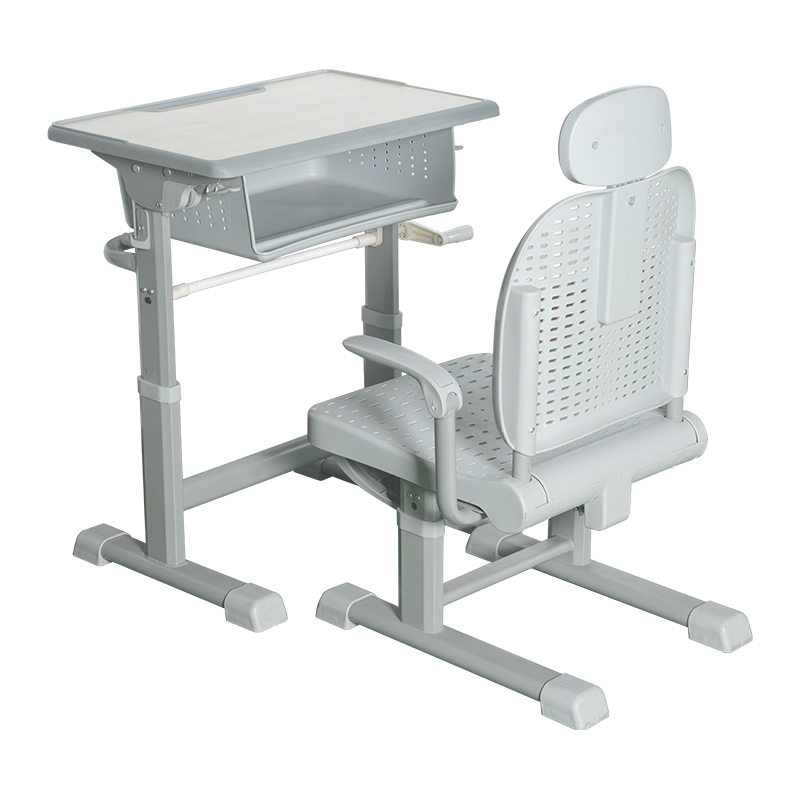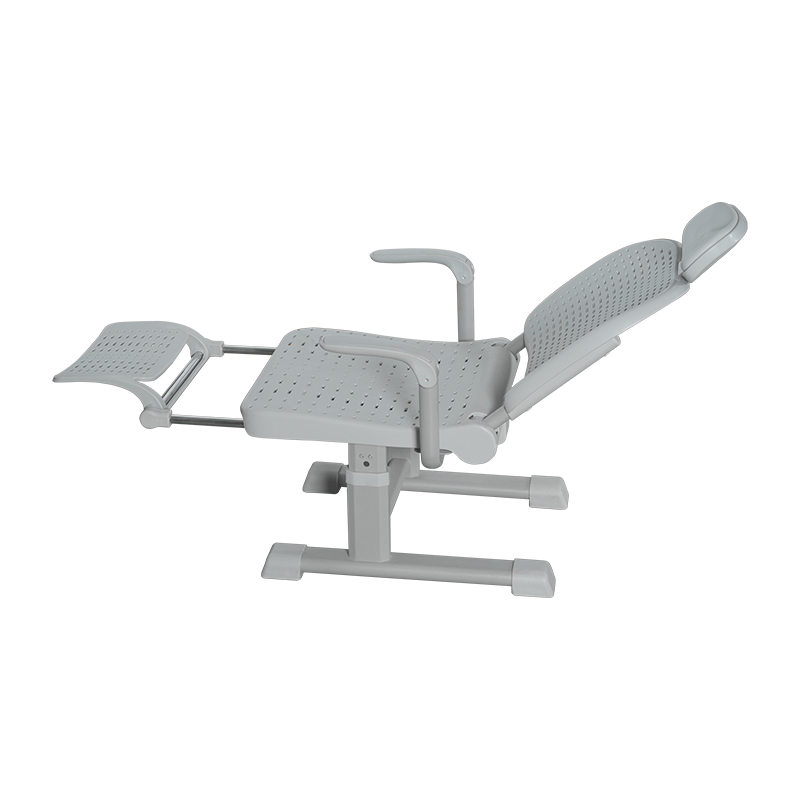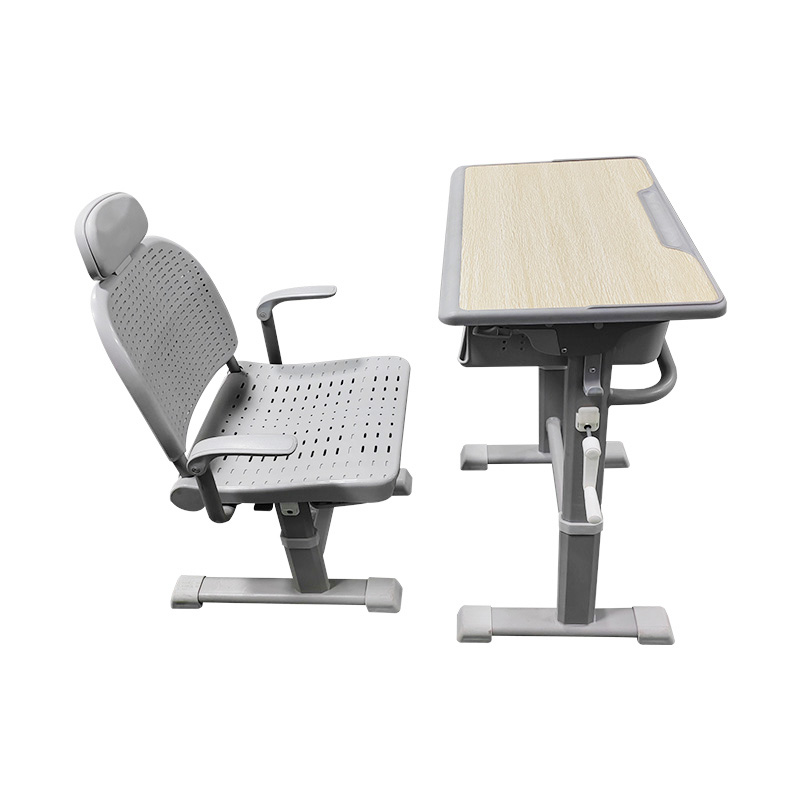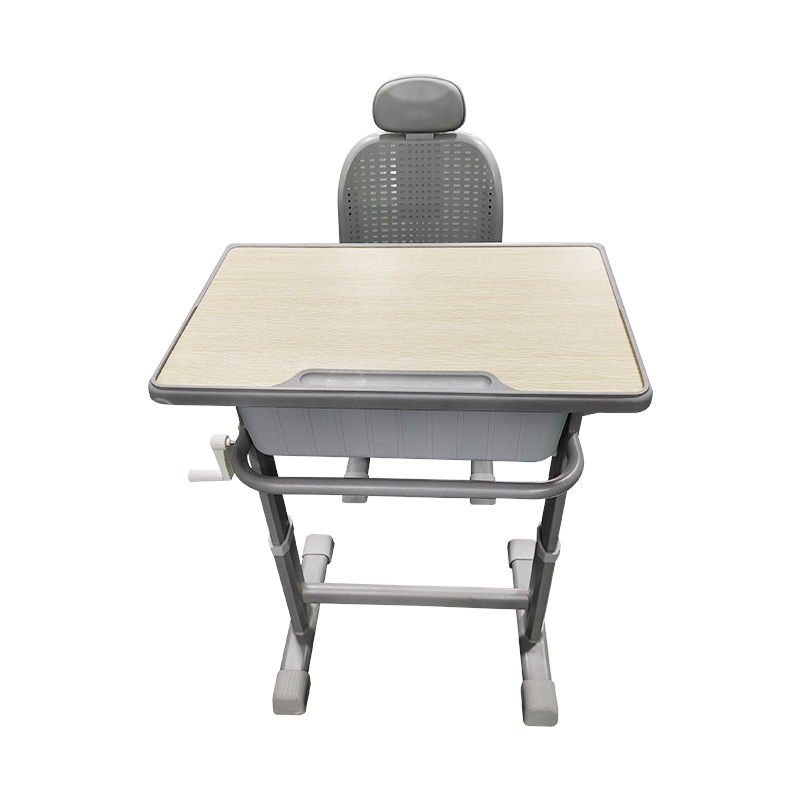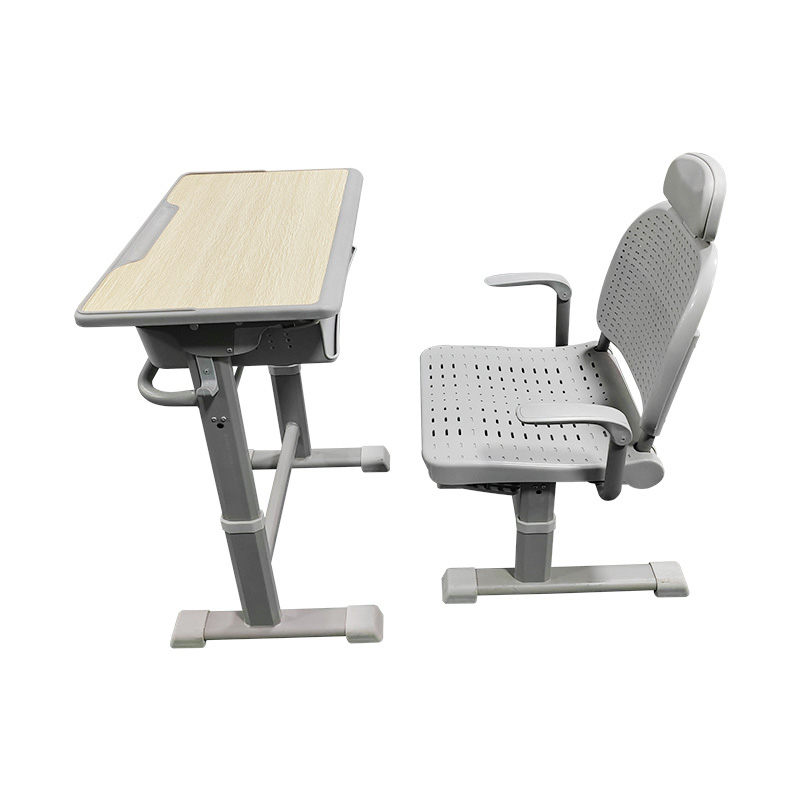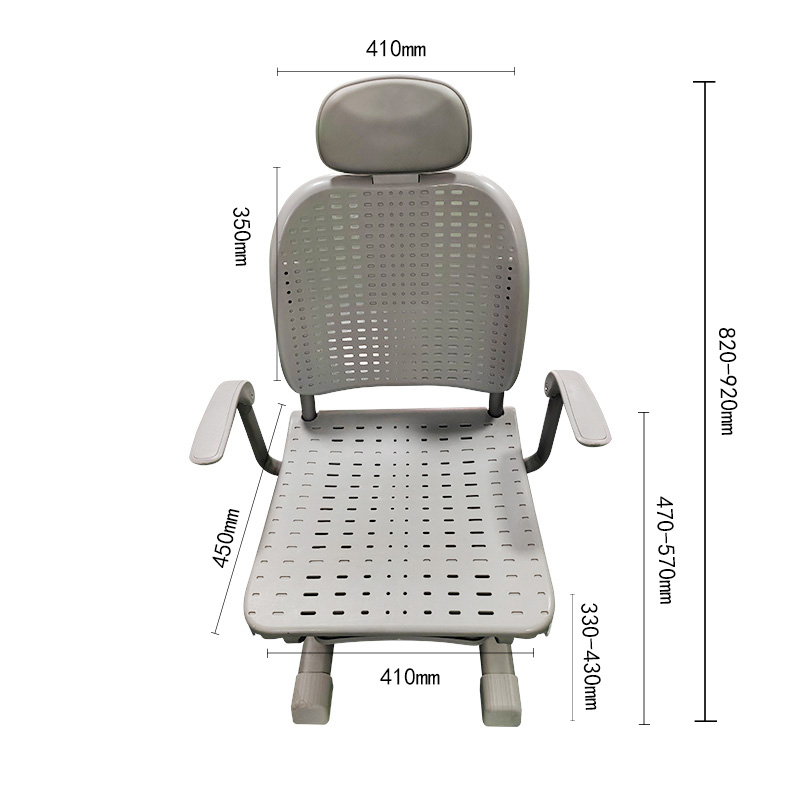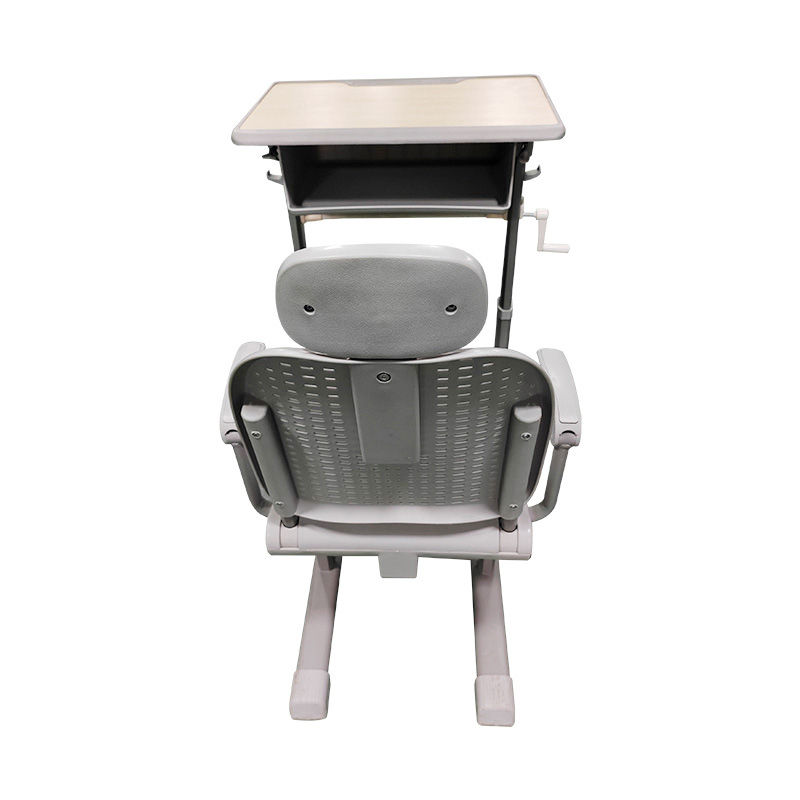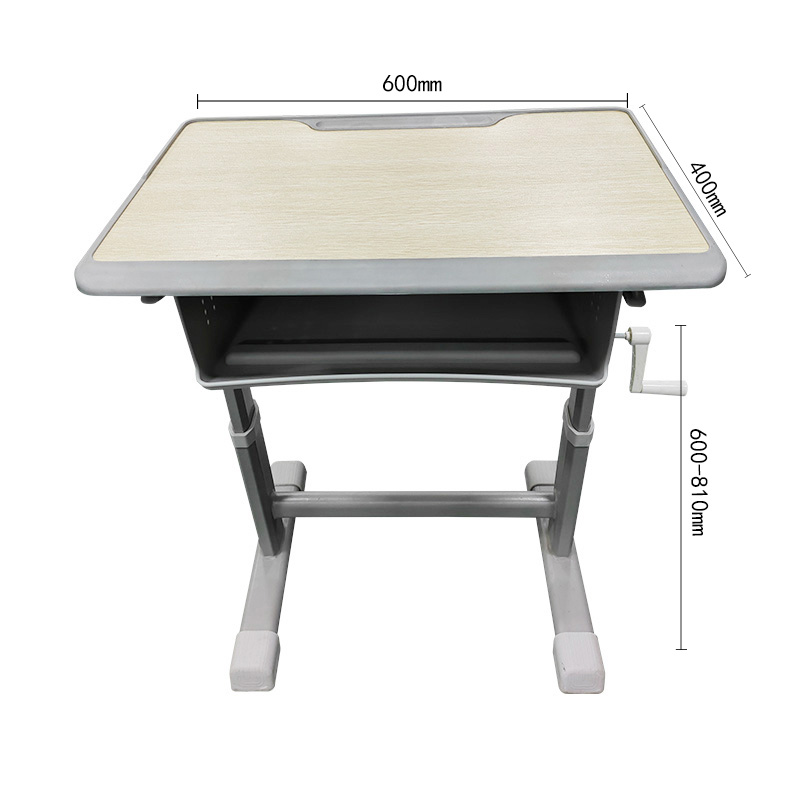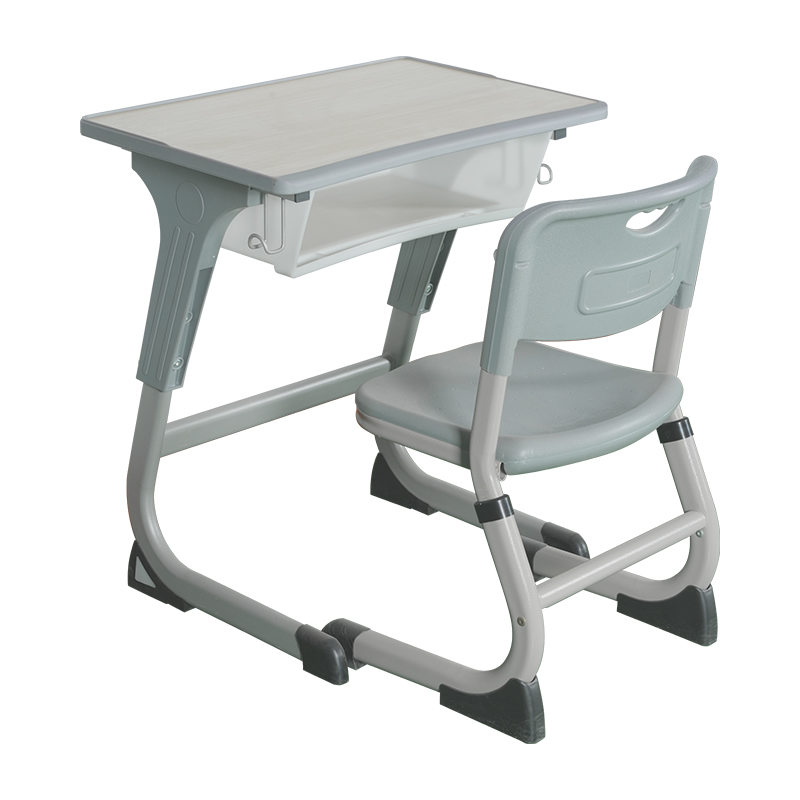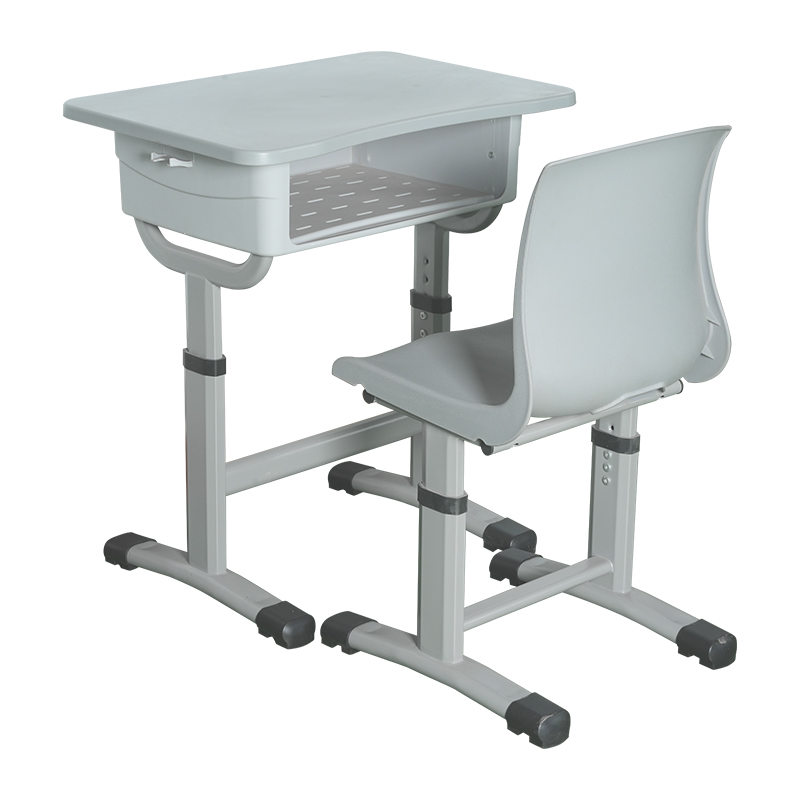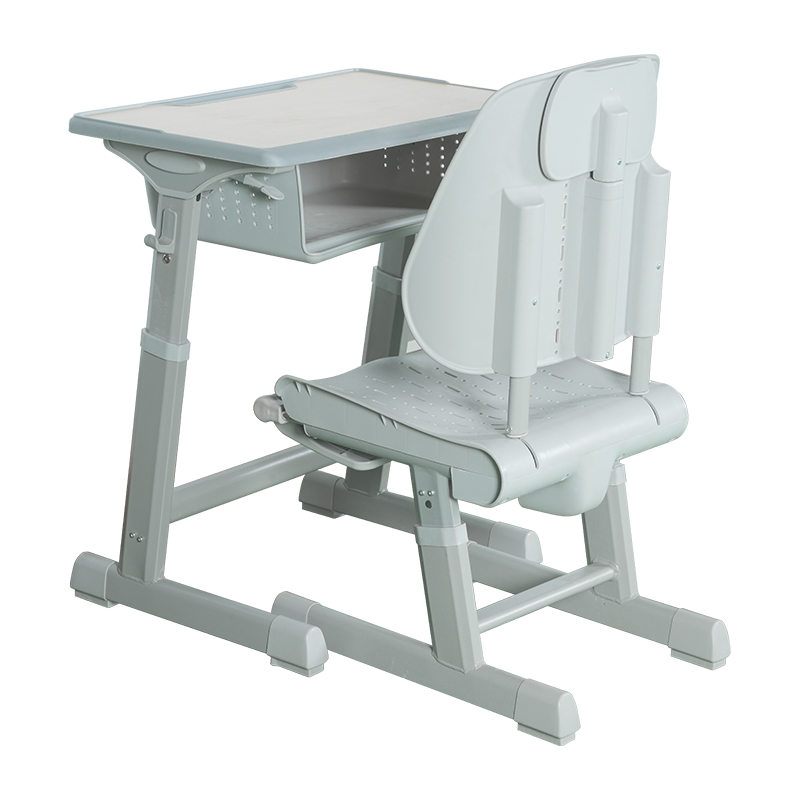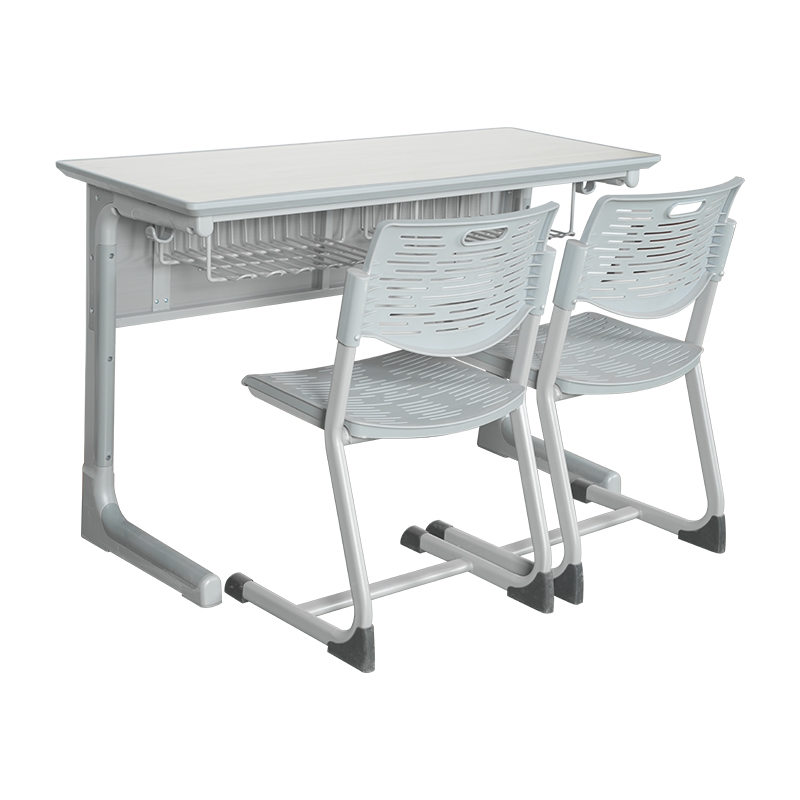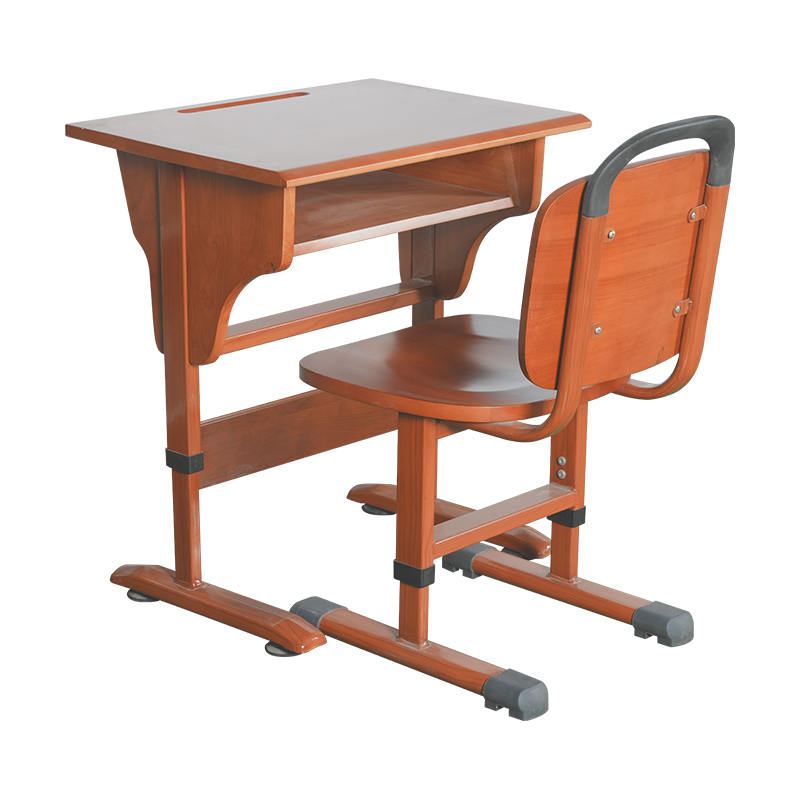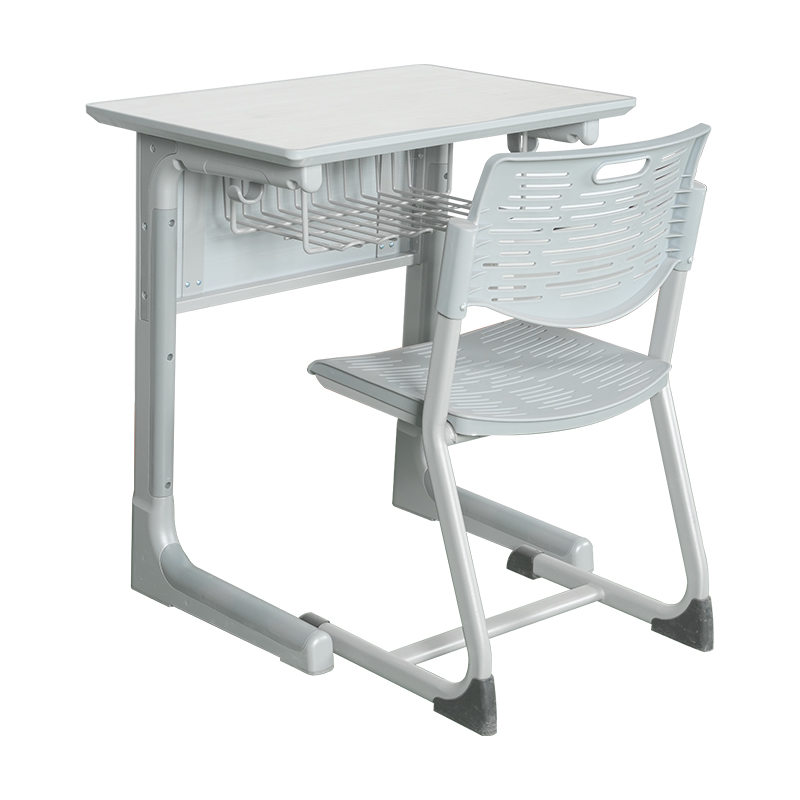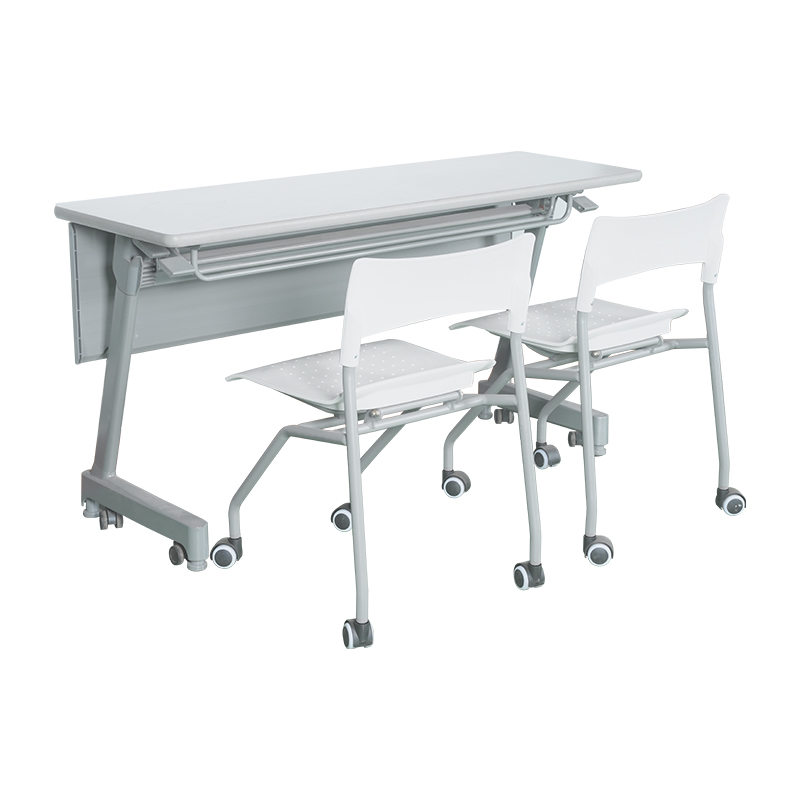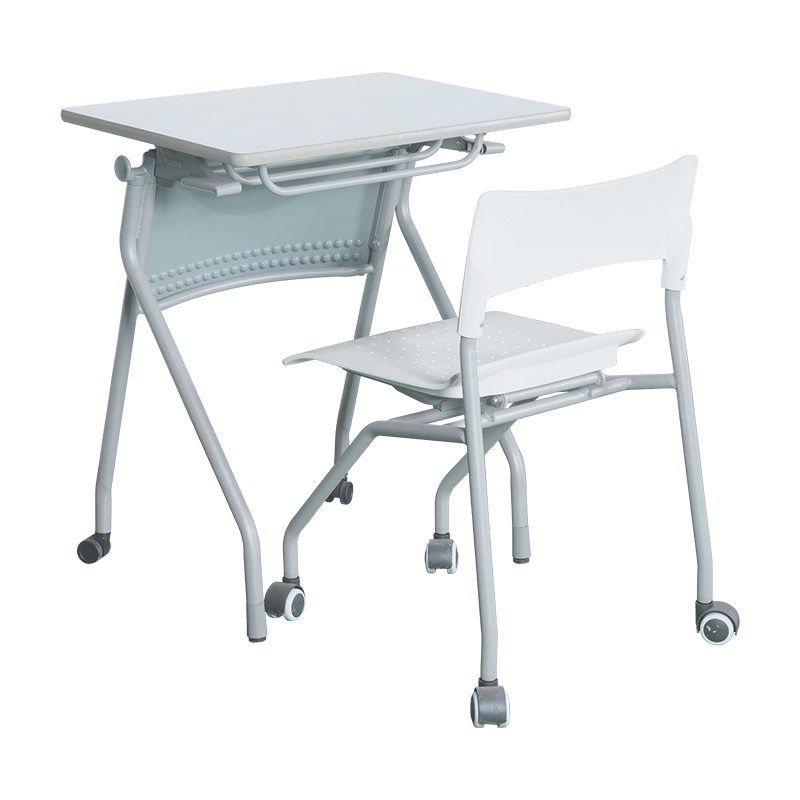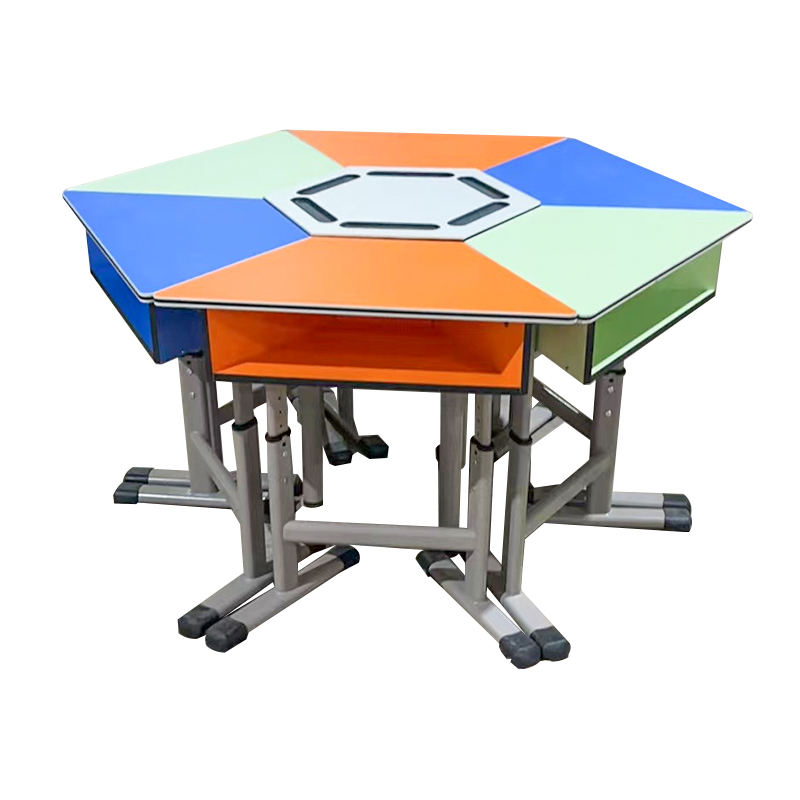Industry Knowledge Expansion
Design Aesthetics of Adjustable Height School Desk and Chair
The design aesthetics of adjustable height school desks and chairs have evolved to meet both functional and visual needs in contemporary learning environments. Todays educational settings are no longer limited to rigid, traditional layouts. Instead, they embrace dynamic and adaptable furniture that complements modern teaching methods and appeals to students of various age groups.
One of the main aesthetic features of adjustable school desks and chairs is their streamlined and modern design. Many models feature clean lines, soft edges, and neutral or pastel color schemes that create a calm and welcoming atmosphere. These visual elements help reduce distractions and support a focused learning environment. In classrooms where collaboration is encouraged, desks with symmetrical shapes and smooth finishes contribute to a visually organized and cohesive space.
Another notable aspect of design is the blend of materials used. Adjustable desks and chairs often combine metal frames with plastic or wood tops, striking a balance between durability and aesthetic appeal. The use of powder-coated steel not only ensures strength but also allows for vibrant color options that can be coordinated with classroom themes or school colors.
Moreover, height-adjustment mechanisms are designed to be discreet and easy to use, preserving the overall appearance of the furniture. Whether operated by manual knobs or hydraulic levers, these features are seamlessly integrated into the design without compromising visual appeal.
Designers also consider ergonomic shapes in their aesthetic approach. Curved seat backs and contoured desk surfaces are not only functional but contribute to the stylish and contemporary look of the furniture.
Comfort Consideration of Student Table and Chair Set
Comfort plays a vital role in the design and selection of student table and chair sets, as students spend a significant portion of their day seated while learning, writing, and engaging in classroom activities. Poorly designed furniture can contribute to physical discomfort, poor posture, and decreased concentration. Therefore, comfort consideration is essential for promoting student well-being and academic engagement.
One of the primary comfort-related factors is ergonomic design. Chairs should support the natural curve of the spine, with a backrest that encourages upright sitting and prevents slouching. Seats that are too high or too low can cause strain on the knees and hips, so appropriately proportioned seating is necessary for different student age groups. Adjustable chair heights allow schools to accommodate growing students or mixed-grade classrooms.
Similarly, the table height must align with the chair to create a comfortable writing and reading posture. A table that is too high can cause shoulder strain, while one that is too low may back discomfort. Many modern student desks offer adjustable legs to ensure the tabletop is at a comfortable level for various body sizes.
Rounded edges and smooth finishes also contribute to comfort by preventing injuries and creating a pleasant tactile experience. The choice of materials matters too—seats made from molded plastic or lightly padded surfaces provide more comfort than hard wood or metal alone, especially during extended periods of sitting.
Ventilation is another often-overlooked feature. Chair designs with small perforations or breathable materials help improve air circulation and keep students comfortable in warmer environments.
Additionally, space and movement should be factored into comfort. Tables and chairs should allow for sufficient legroom and freedom of movement to avoid a cramped feeling.


 English
English русский
русский Español
Español عربى
عربى